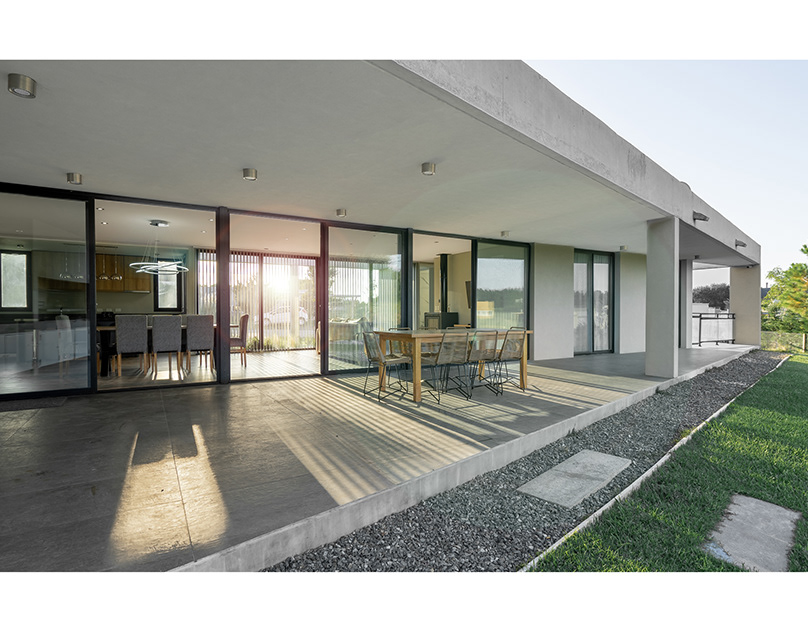[changing perception of landfill]
final third year project
Landfillia is a series of different architectural typologies designed for Rainham to introduce living on a former landfill site. It is a phased proposal, which aims to transform the ignored and avoided wasteland into a place where people might want to live in future.
The project challenges two misconceptions present in our society.
M I S C O N C E P T I O N # 1
Recycling will save the planet.
Recycling will not solve the problem, as it has a very limited capacity at the moment. The majority of waste is not recyclable, including some types of plastics.
M I S C O N C E P T I O N # 2
Landfills are filthy: they cause ecological disasters and diseases in humans.
For the past – yes, but not at the moment. The situation is now handled by equipped and educated professionals, who constantly monitor landfill sites.
Landfillia is proposed to appear in the biggest wasteland of Rainham, Rainham landfill site. Its’ history dates back to the 18th century, when the urban population in England increased up to 72% and the city produced an unprecedented amount of waste.
The area offers a unique view over the Thames and Rainham Marshes, it is quiet and completely safe to stay there: the by-product of the landfill - methane, is captured and used to generate electricity . And because of this misconception against the reality, local council can take advantage of the former landfill site and turn it into social housing with benefits in a form of low land cost and methane-generated electricity for the benefit of the local community in context of London housing crisis.

Landfillia site strategy for Rainham

Landfillia Complete Strategy – Section through the Rainham landfill – orthographic drawing

The five phases

The Rainham Landfill: historic changes of the landscape over the past 15 years

Rainham Landfill site analysis

Garbage Storytelling. Case study model

Initial design strategies for the site

Foundations for the unstable ground of the Rainham Landfill. Design development stage

Design development experimental models. Adjusting to unstable and constantly changing environment.

Sketch Site Strategy Section

Phase 1: Investigation
The first character, who appears on the site is a garbologist – a scientist who studies society through its’ traces and unveils the hidden reality of modern world. He investigates the site by excavating the trash monoliths and creating a library of samples.

Phase 2: Forestation
One of the landfill cells is exposed to the public in a shape of a gallery space. It is excavated in the same way as the rest of the site and the trash columns form The Forest of Waste.

Phase 3: Encapsulation
A lot of plastcs are not recyclable at the moment and end up in a dump. Landfillia treats this waste as a source and conserves it for the future.

Phase 4: Experimentation
The experimental Construction Workshop produces the 100% recyclable housing, which consists of recyclable and reusable parts, so that any block can be quickly adjusted to the changing needs of the user without any wasteage.

Phase 5: Inhabitation
Each Landfillia apartment works as a miniature recycling factory in itself – it has a set of cartridges used by inhabitants to separate their waste, hence gain electricity bills discounts, which means recycling not for the sake of self-esteem inflation.

The exploded isometric of The Experimental Construction Workshop

The completed phased strategy for the Rainham Landfill Site

Propaganda posters for each phase

Left: The Landfill Cell Gallery and The Forest of Waste
Right: The Construction Platform of The Experimental Workshop – Production of Landfillia Housing


The final 1:200 model of the phased Landfillia Proposal

Perspective view of Landfillia in Rainham






